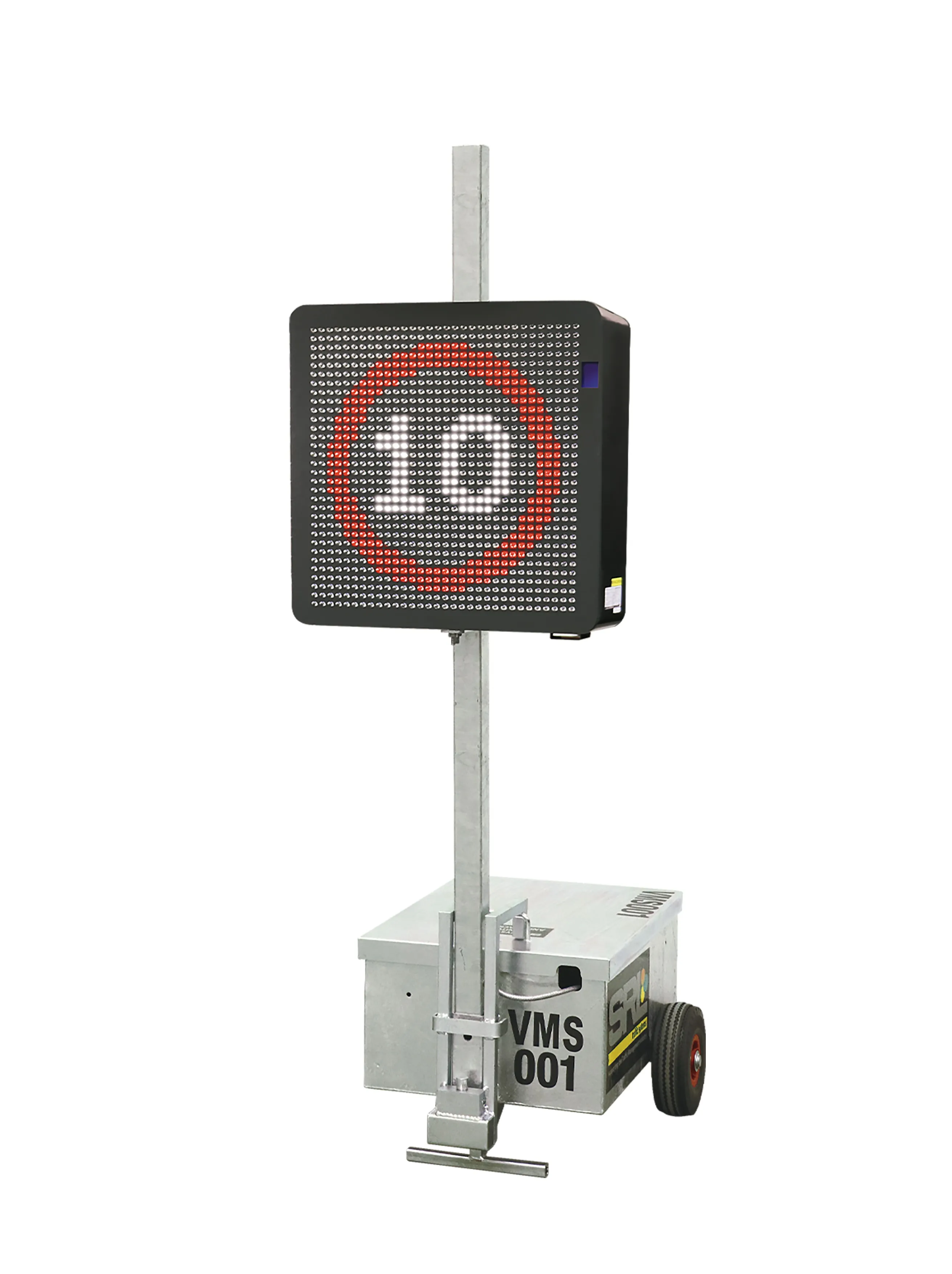
At
The BlackCAT Traffic Monitor uses inductive loop technology to provide cycle detection at permanent sites. In its simplest form this allows bicycles to be detected and reported historically or in real time over GSM/GPRS/3G. Furthermore, the BlackCAT offers direct outputs via an optional switch card to trigger variable message signs at the roadside to alert motorists of nearby cycle traffic. In addition, BlackCAT devices can also be used to monitor both vehicles in roads and cycles on an adjacent cycle lane at the same time.
In addition to all this, new radar technology has been utilised to allow the detection of cycles on dedicated cycle paths, eliminating the need to install in-ground sensors. As well as for battery powered temporary surveys, a solar/mains solution with GPRS communications is available to make this a viable permanent detection method.
At the other end of the scale is the tried and tested pneumatic tube event vehicle recorder (EVR). By deploying pneumatic tubes on a road or cycle path, axle hits are recorded and the data processed by analysis software. Cycles are detected alongside vehicles to a very high accuracy. These robust units are housed within a weatherproof case and offer sustained operation on a single battery for one year.










